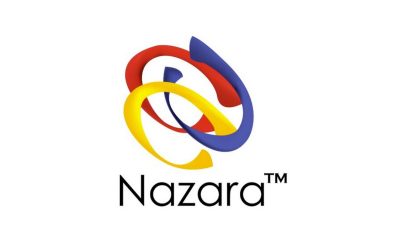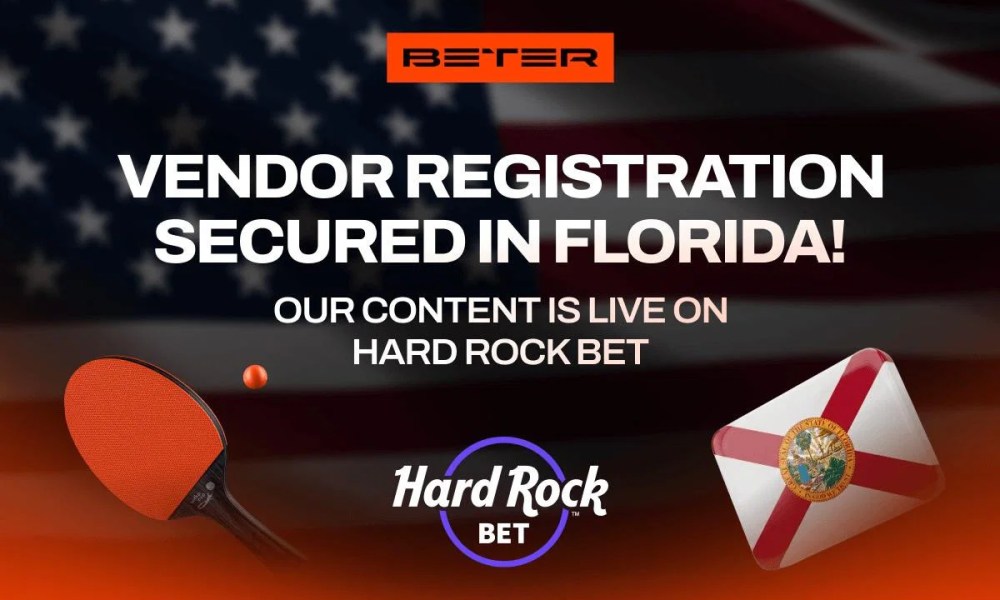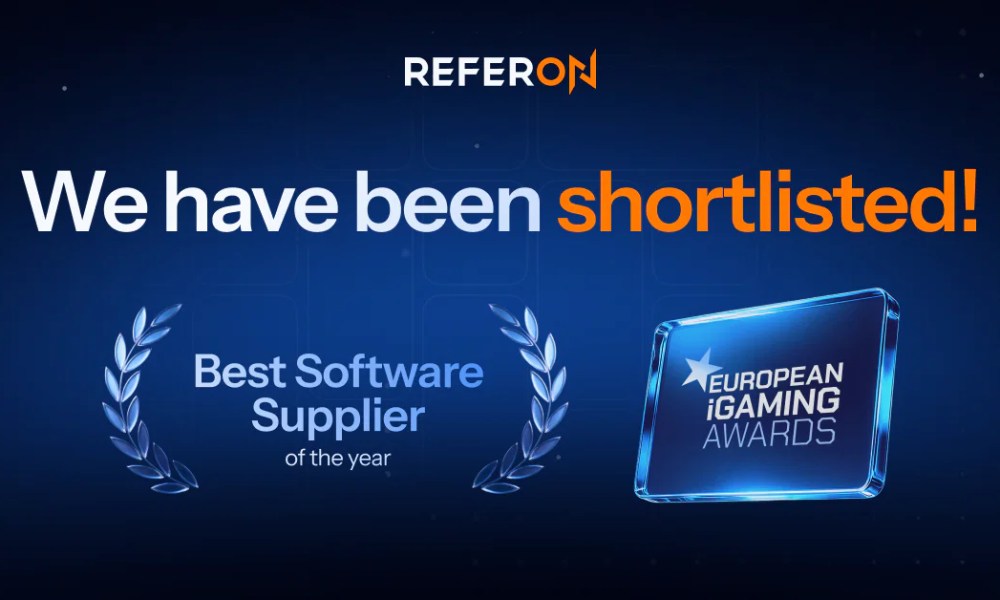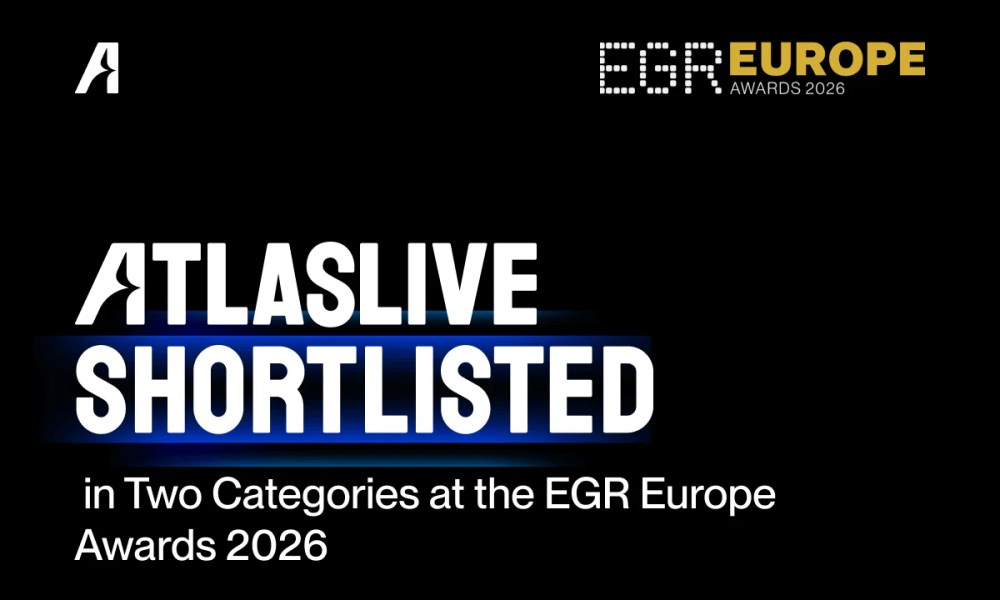Latest News
5 Best Practices to Prevent Insider Threats in 2019
 Reading Time: 4 minutes
Reading Time: 4 minutes
Data breaches caused by insiders cost enterprises millions of dollars. According to the Ponemon Institute, every year, companies lose up to $8.7 million due to insider threats. To ensure an appropriate level of enterprise data protection, security officers continuously look for ways to improve their current insider threat management solution. With the following insider threat management best practices, you’ll be able to protect your sensitive business information and keep malicious insiders at bay.
1. Consider access controls
It’s essential to keep your critical assets inaccessible for malicious insiders. First and foremost, deploy multi-factor authentication (MFA) for the most valuable systems, applications, and services. Your goal is to make sure that any malicious insider won’t be able to borrow a password from their colleagues and get a hold of the data they aren’t supposed to have access to. Therefore, you need to look for an insider threat management solution with a built-in MFA functionality.
By implementing MFA, you can make sure that the person attempting to enter the protected perimeter are who they claim to be. At the same time, the use of MFA makes it way harder for malicious insiders to access your company’s sensitive information.
It’s also important to have a good password management policy in place. The most basic recommendations include forbidding the use of default and simple passwords and changing passwords upon certain events (say, employee resignation) or after some periods of time (say, every month or every quarter).
2. Limit access whenever possible
Once you managed to make sure that only the right people can get access to your network and critical assets within it, it’s time to think about the access permissions each of your company’s employees has. It’s best to take some technical measures to mitigate insider threats and deploy the so-called least privilege principle when employees only have the exact access level they need to do their job.
But today, more and more companies go even further and deploy a zero trust security model. In a zero trust network, there’s no general protected perimeter that distinguishes trusted insiders from untrusted outsiders. Instead, each critical asset or system is fully protected from both insiders and outsiders, thus mitigating internal and external threats to cyber security.
Such an approach works best for the companies that cooperate actively with third-party vendors and subcontractors. It’s also a great solution for the enterprises with a bring your own device (BYOD) policy in place, allowing their employees to use personal devices for work purposes.
3. Monitor employee activity
User activity monitoring is the basis of many insider threat protection techniques. You need to be able to see what’s going on within your network, in real-time at best. When choosing among the solutions to protect against insider threats in cybersecurity, pick the one that allows to see a particular user session and terminate it if necessary.
Many companies also look towards User and entity behavior analytics (UEBA) as the key to effective threat monitoring and protection against insider threats. Advances in machine learning technologies allow building user profiles that include normal baseline behavior patterns for particular users or roles. Registering activities that deviate from these patterns may help detect malicious insiders and mitigate possible threats at an early stage.
4. Analyze logs and respond to security incidents
Continuous user activity monitoring is meant to give you full visibility across the enterprise network and provide you with detailed data for further analysis. Depending on the user monitoring solution, user activity logs may contain different types of information:
Names of files and applications opened by the user:
- URLs to the visited websites;
- Logged keystrokes;
- Recorded sessions, and more.
The proactive incident response also plays a significant part in building an effective insider threat cyber security program. There’s no point in detecting a malicious action if you’re unable to respond to it properly and, therefore, prevent a data breach from happening.
Look for an insider threat prevention solution that allows you both receiving real-time notifications about the detected security incidents and automating responses to the most common types of incidents. For instance, if the system registers, say, three unsuccessful login attempts, the account a user tried to access will be blocked.
Finally, if you want to be able to analyze all of the logged information on a deeper level, make sure that your insider threat prevention solution supports forensic data export.
5. Pay special attention to third-parties
Remote access control and protection is an essential part of the modern insider threat management program. Today, more and more organizations hire remote employees and grant access to critical corporate resources to third-party vendors and contractors. But, as reported in a 2018 study by the Ponemon Institute, third-party vendors were the cause of nearly 60 percent data breaches.
If granting third-party vendors access to business-critical data, systems, and application is a common practice for your organization, make sure you have an appropriate third-party management solution in place. Leverage all of the above-mentioned tools and practices to protect your corporate data from unauthorized access and use.
If your third-party subcontractors are using a shared account for accessing your corporate network or business applications, it’s preferable to add secondary authorization as an additional protection layer. This way, you’ll be able to clearly associate each session initiated under the shared account with a particular user.
And, finally, make sure that your third-parties are well aware of your organization’s cybersecurity policy and know what cybersecurity rules they must follow.
Conclusion
Insider threats have one of the biggest impacts on enterprise cybersecurity. In order to mitigate the risks related to insider threats, organizations should deploy complex solutions that include monitoring and audit of user activity, granular access and privilege management, and effective incident response.
This article is a contribution from Marcell Gogan. Marcell is a specialist within digital security solutions, business design and development, virtualization and cloud computing, R&D projects, establishment and management of software research direction – working with Ekran System. He also loves writing about data management and cybersecurity.
Source: Latest News on European Gaming Media Network
This is a Syndicated News piece. Photo credits or photo sources can be found on the source article: 5 Best Practices to Prevent Insider Threats in 2019

Latest News
From ‘Mummyverse’ to Crash Games: Belatra Reviews a Landmark 2025
Editor’s Take
Why this matters: Belatra has been a steady hand in the slots world for a long time, but 2025 marked a distinct shift in strategy. By entering the Crash vertical with Goose Boom Bang and winning big at SiGMA Africa, the studio is clearly pivoting to capture the high-growth, high-frequency players in emerging markets. They are no longer just a “classic slots” developer; they are diversifying the portfolio to ensure relevance in regions like LatAm and Africa.
The Full Story
Belatra Games, the specialist online slots developer, has issued a strategic review of its 2025 operations, celebrating a 12-month period defined by entry into new game verticals, significant franchise expansion, and high-profile industry recognition.
The year was characterized by a dual strategy: deepening engagement in established markets while aggressively expanding its content portfolio to suit local preferences in emerging territories.
Portfolio Evolution: Crash and Battles 2025 saw Belatra move beyond its traditional slot roots. The company made its debut in the high-demand Crash game vertical with the launch of Goose Boom Bang, a title designed to tap into the fast-paced gameplay preference of younger demographics.
Additionally, the studio introduced a fresh game concept with the launch of Battles, a new format unveiled for the first time in 2025, with further development planned for 2026.
The ‘Mummyverse’ Expands For fans of classic slots, the highlight of the year was the aggressive expansion of the Mummyverse. Belatra nearly doubled the size of this franchise over the year, making it the most extensive game universe in their entire catalog.
The developer also focused on B2B localization, releasing a number of exclusive bespoke games created specifically for selected operator partners to meet specific local market tastes.
Awards and Recognition The company’s strategic shifts were validated by industry accolades. Belatra secured over 30 nominations throughout the year, with standout wins including:
-
Best Slot Provider (awarded by BitStarz).
-
Most Played Game of 2025 for Make It Gold at the SiGMA Africa Awards.
-
Player’s Pick Award.
Management Commentary Misha Voinich, Head of Business Development at Belatra, commented on the studio’s momentum:
“This year has truly defined who we are as a studio – ambitious, creative and focused on building long-term partnerships. We’ve expanded our universes, launched new ones and entered exciting new markets that will all help us carry this momentum into the New Year.”
The post From ‘Mummyverse’ to Crash Games: Belatra Reviews a Landmark 2025 appeared first on Gaming and Gambling Industry Newsroom.
Latest News
‘Chaos and Soul’: Ebaka Games Plots Global Expansion After Viral Launch
Editor’s Take
Why this matters: The “Instant Game” vertical (Crash, Plinko, Mines) is becoming crowded, but Ebaka Games is cutting through the noise with a distinct brand personality. By securing BMM Testlabs certification so quickly after launch, they are signaling to Tier 1 operators that despite their “chaotic” marketing vibe, the math underneath is solid and compliant. The backing of industry veteran Dmitry Belianin also adds immediate commercial credibility to the startup.
The Full Story
Ebaka Games, the fledgling studio that promises to bring “chaos and soul” to the iGaming sector, has outlined an aggressive growth strategy for 2026 following a landmark launch period in late 2025.
The studio, which officially debuted in November, reports that its initial rollout reached more than five million people worldwide. The launch saw its portfolio go live with the operator Menace, serving as the initial testbed for its mechanics and “Ebaka modes.”
The Product: Instant Games with Personality Ebaka is bypassing traditional slots to focus on the high-growth vertical of fast-paced, instant-win games. Their initial lineup includes:
-
Plinko
-
Mines
-
Tower
-
Limbo
-
Crash
Differentiation is achieved through unique mascots and signature gameplay tweaks designed to offer high win potential and distinct visual identities, moving away from the generic interfaces often found in this genre.
Regulatory Milestone Crucially for its 2026 roadmap, Ebaka Games has confirmed it has secured certification from BMM Testlabs. This accreditation validates the fairness and integrity of its RNG (Random Number Generator) and game engines, removing a major barrier to entry for regulated markets. With this certification in hand, the studio plans to launch with a number of “major brands” in the coming year.
Management Commentary Vitalii Zalievskyi, CEO of Ebaka Games, commented on the studio’s unorthodox approach:
“It’s only been a few weeks since we first introduced Ebaka Games to the world. The feedback has been breathtaking, and it vindicates the decision for us to take a different path to the rest of the industry. You don’t need huge marketing budgets to grab people’s attention if you are building something truly innovative.”
Industry Backing The studio describes itself as being “created by players for players” but boasts significant industry firepower in its corner. The team includes Dmitry Belianin, a well-known figure in the sector who is the co-founder of Blask and Menace, as well as Managing Partner at Already Media.
The post ‘Chaos and Soul’: Ebaka Games Plots Global Expansion After Viral Launch appeared first on Gaming and Gambling Industry Newsroom.
Latest News
Racing Meets Nightlife: SBK Backs ARC’s New ‘Friday Night Live’ Series
Editor’s Take
Why this matters: British racing has a well-documented demographic problem; its core audience is aging. “Friday Night Live” is a direct attempt to fix this by blending high-stakes racing with the “experience economy” (DJs, nightlife vibes) that appeals to Gen Z and Millennials. Bringing SBK on board—a mobile-first, app-only sportsbook—is a perfect demographic fit, while the Racing Post adds the necessary credibility to ensure the actual racing product remains the focus.
The Full Story
Arena Racing Company (ARC) has unveiled the strategic commercial lineup for its upcoming Friday Night Live series, confirming SBK as the Exclusive Betting Partner and The Racing Post as the Official Media Partner.
Set to launch in January 2026, Friday Night Live is a new initiative created in collaboration with youth-focused events company INVADES. The series is designed to overhaul the traditional race day experience, featuring fast-paced fixtures under floodlights, DJ sets, and significant entertainment elements sandwiched between races.
The Commercial Deal
-
SBK: As the exclusive betting partner, the Smarkets-owned sportsbook will take naming rights and on-course branding for all 35 races. Crucially, these races will be broadcast live on mainstream television via ITV Racing as well as Sky Sports Research.
-
The Racing Post: As the Official Media Partner, the publication will provide content, coverage, and promotion across its digital platforms, aiming to bridge the gap between established racing purists and the new audience ARC hopes to attract.
A High-Stakes Experiment The series is not just a marketing exercise; it carries serious sporting weight. Each of the five scheduled nights will feature over £200,000 in prize money. The fixtures will rotate across three of ARC’s all-weather tracks: Wolverhampton, Newcastle, and Southwell.
Management Commentary David Leyden Dunbar, Group Director of Commercial Strategy at ARC, was clear about the target audience:
“We have been very clear that one of the aims of Friday Night Live is to engage the next generation of racing fans… Both [partners] have shown real enthusiasm to work with us… as well as using the platform that these fixtures will offer them to also engage with more established racing and sports fans.”
Adam Baylis, Marketing Director at SBK, added:
“Friday Night Live [is] a fresh and engaging concept that brings a new energy to British racing. SBK has always been built around sport… our focus is on enhancing the live race day experience in a fun, social and responsible way.”
The 2026 Schedule The series kicks off immediately in the new year:
-
9th Jan: Wolverhampton
-
6th Feb: Newcastle
-
20th Feb: Southwell
-
20th March: Wolverhampton
-
27th March: Newcastle
The post Racing Meets Nightlife: SBK Backs ARC’s New ‘Friday Night Live’ Series appeared first on Gaming and Gambling Industry Newsroom.
-

 Latest News2 weeks ago
Latest News2 weeks agoSCCG Announces Strategic Partnership with Yellow Elephant Studios to Expand Multi-Channel Gaming Content Worldwide
-
Latest News2 months ago
JioBLAST Launches All Stars vs India powered by Campa Energy: A New Era of Creator-Driven Esports Entertainment
-
eSports2 months ago
CS:GO Betting Gains Momentum in the iGaming Sector
-
Latest News3 weeks ago
THE 2025 PUBG MOBILE GLOBAL CHAMPIONSHIP GROUP STAGE WRAPS UP WITH LAST CHANCE IN SIGHT
-
Latest News1 month ago
S8UL Esports acquires Team Elite’s Free Fire MAX roster to form S8UL Elite
-
Latest News2 months ago
Kambi Group plc Q3 2025 Report
-
Latest News3 months ago
GGPoker Unveils Massive Weekly $100K Freeroll, Kicking Off October 18
-
Latest News2 months ago
RocketPlay wins Best Customer Service at European iGaming Excellence Awards

























You must be logged in to post a comment Login